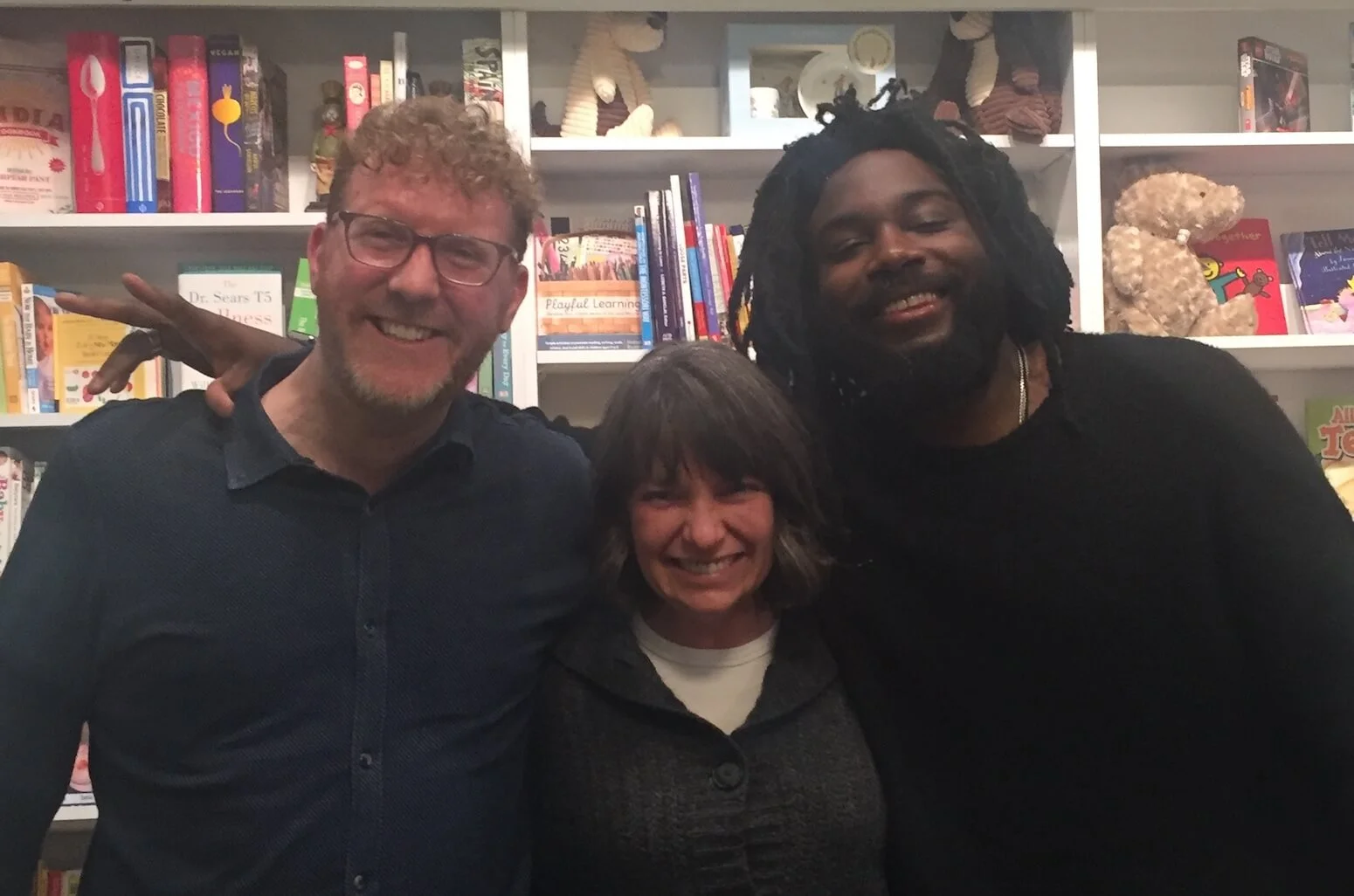This is my creative space where I think about the craft of writing, where my material comes from, and books and other media that get me thinking.
Then Cover to Cover, our new independent children’s bookstore, announced Jason Reynolds and Brendan Kiely would both be visiting....These listeners who spoke last night are storytellers. Their books enable us to slip into lives different than our own. That sounds like a pretty powerful form of listening to me.
In May I received three feedback letters from three trusted readers regarding my young adult novel in progress. The reaction was overwhelmingly positive. There were, of course, suggestions.
This month my manuscript is with three trusted readers, and last week the first feedback letter came in. Suggestions about one of my subplots left me itching to revise. My reader gave me so many “Of Course!” moments. Journaling about a particular secondary character is ready to spill out of me. But I also know it’s important to give myself at least the rest of the month away, and this is why. Reading.
The time I heard M.T. Anderson speak, he said he always begins by asking the audience about their local ghost stories. This kind of fascinated me because I’d been writing about a local ghost story, and the people in the folding chairs around me alluded to a lot of the ghostly legends I’d been uncovering in the process –from our very own town. And M.T. Anderson said in every town he visits people have these ghost stories to tell. That got me thinking about my characters and people in general –why do we love ghost stories?
I know a novel is not an essay. It’s an experience. But I recently went to see E. Lockhart speak, and she explained the characters in a book are all in a conversation with each other, and the book itself in in conversation with other books, with what’s going on in the world. I recently read your I Crawl through It. Your novel has something to say.
“Whatever makes a child want to glue macaroni on a paper plate and paint the assemblage and see it on the refrigerator —that has always been strong in me.”






“No one would assume that one or two books could possibly tell the story of all white people,” Linda Sue Park began. Yet, for African American people, the publishing industry has limited their paths to success. An African American author can write a book about slavery, the underground railroad, the civil rights movement, or the ghetto. This is no place for the children’s publishing world to remain, not when the books on our shelves do not reflect the diversity of our population.